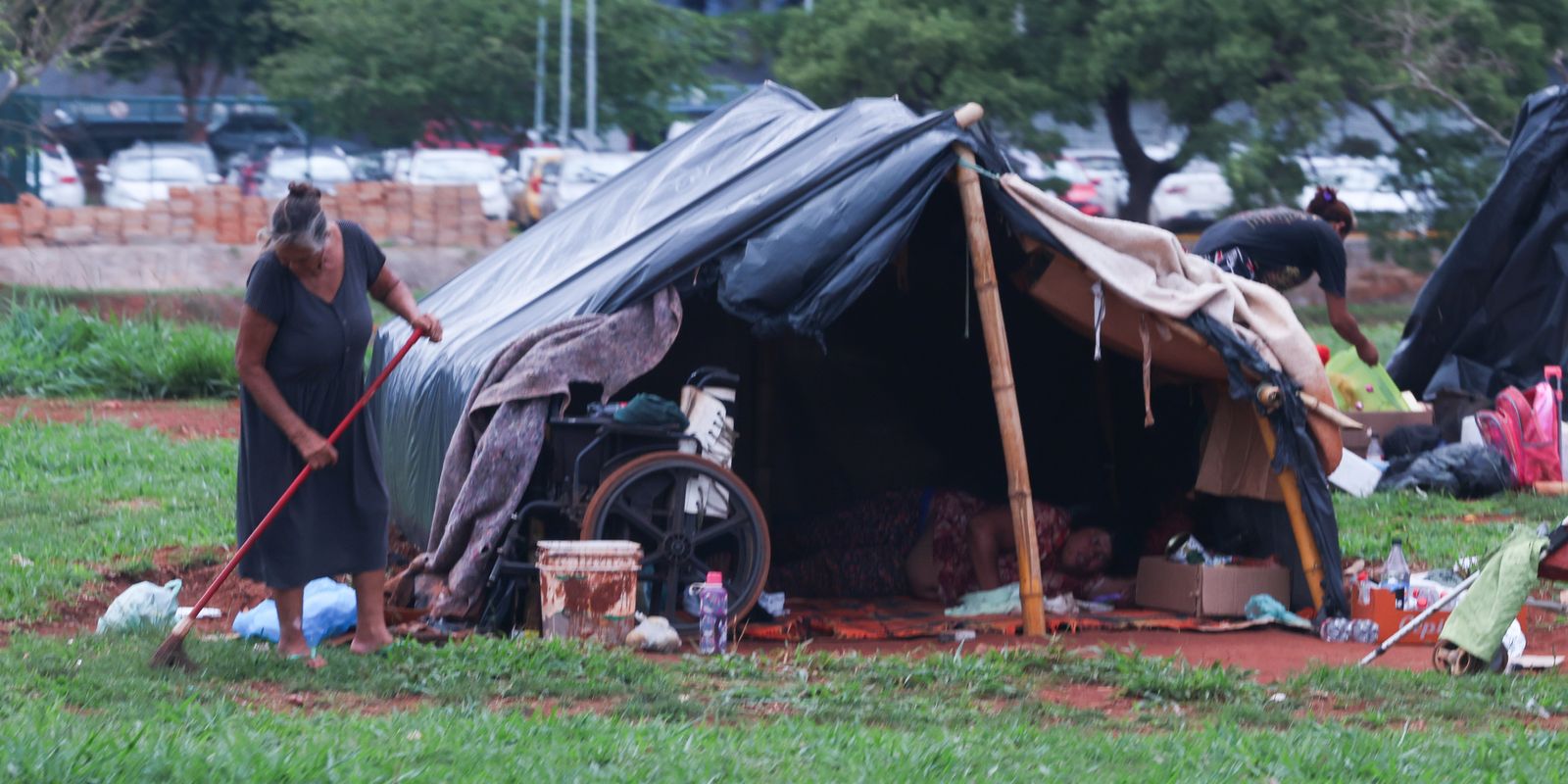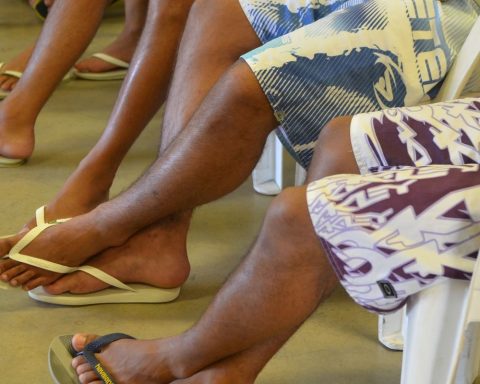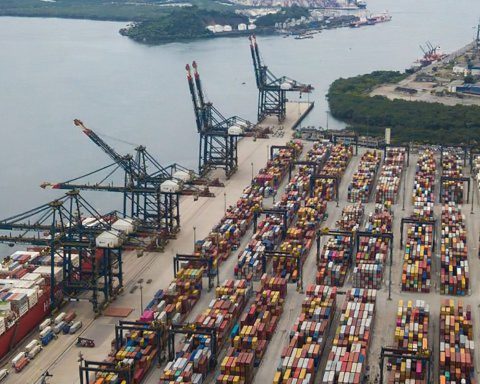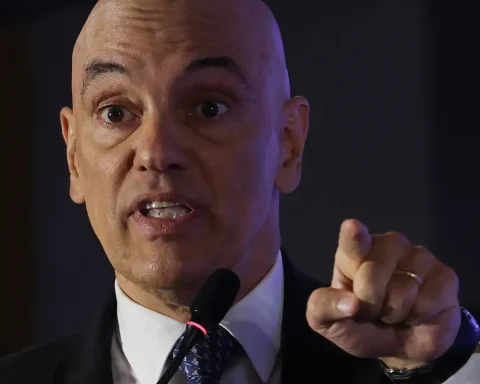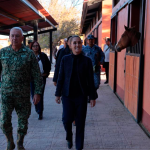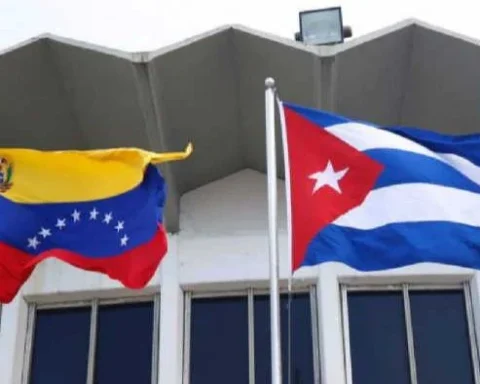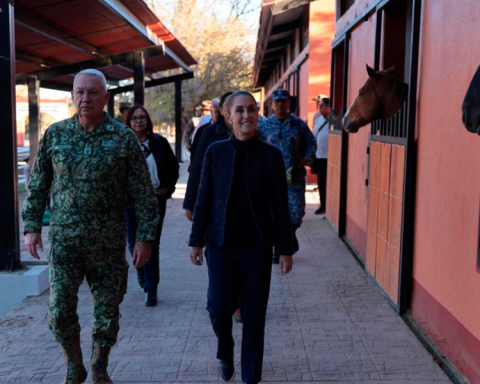Extreme climate events and climate emergency impacts affect vulnerability populations more intensely, including the context of employability and access to income. According to the Job and Income Bulletin, from the Brazilian Center for Climate Justice (CBJC), this group is mostly formed by black people – black and brown – especially for women. Black people are the ones who occupy the most informal jobs in urban areas, work as small farmers and are a majority among residents in risk areas.
“Employment and income are agendas that connect a lot to climate and environmental discussion, because they deal with vulnerability. Who is more insecure, those who have less access to a situation of climate refuge, to restore income, to replenish housing, are much more exposed [aos impactos da crise climática]”, Points out the coordinator of search of the Brazilian Center for Climate Justice, Taynara Gomes, in an interview with Brazil agency.
She highlights the importance of interpreting the data in a segmented manner and racializing the debate. “The numbers usually reverberate very superficially and put the population as if everyone was crossed by the climate crisis in the same way.”
“The bulletin shows that not everyone is impacted in the same way. There are population that is much more vulnerable. You can’t look at gross data, you need to intersect the agenda [da justiça climática]It needs to be able to racialize the debate from a racial and gender perspective, ”he explained.
Differences
The document points out that black workers earn about 60% of the salary of white workers, even if they have the same qualification. The informality rate at work for white people (32.7%) is lower than for black (43.4%) and brown (47%).
Leadership positions are occupied mostly by white people (69%), while blacks and browns occupy a total of 29.5% of these positions. Among the economically active population, 56.1% is black. Unoccupied black people add up to 65.1%. In addition, the insecurity of housing possession reaches 10% whites, 19.7% black and 20.8% of brown.
“[O boletim] It talks about income concentration and vulnerability, showing that the black population is the least access to an income, the formal labor market, so it is starring informality, and receives lower wages, ”says Taynara.
Nine out of ten domestic workers are women. At least six out of ten are black women (65%). When it comes to care work, women dedicate 9.6 hours a week more than men. Black women make 92.7% of household chores.
Rural
“In rural employment, it is a mostly black population, in a often unrecognized and not formalized work, and consequently with less access to public policies, less access to income, with less access to affirmative programs and more difficulties in [acesso] The technologies appropriate for this workforce, ”he says.
Regarding fieldwork, 54.4% of family farming is made up of black and brown people. Of the total field workers, 60% are in informality. Seven out of ten black farmers have less than 0.1 hectares. While eight out of ten white farmers have 10,000 hectares or more.
“It is a population that is directly suffering the impacts of burning, the impacts of agribusiness pressure, families who do not have their land situation regulated, so they are much more vulnerable to land safety,” says Taynara.
In the Amazon region, for example, there are communities that are often isolated due to droughts and reach a situation of food insecurity. “Cycles have changed – sun, rain and flood – and [essa população] Nor does it have access to a formal policy that will repair or mitigate the impact of it. ”
“We are talking about warmth, flooding, they are processes that vulnerate even more those who were already vulnerable in this employability process before large climate emergencies. In the extreme climate scenario, this vulnerability is increasingly accentuating, ”he said.
